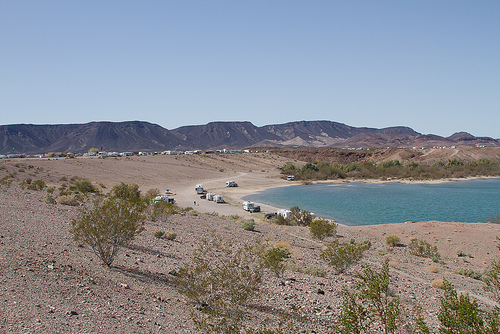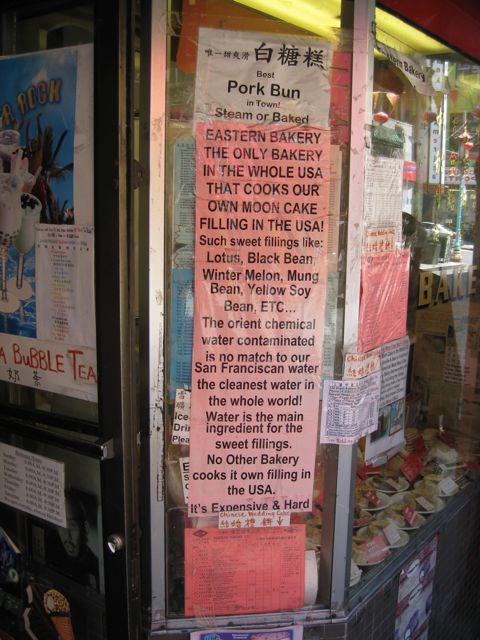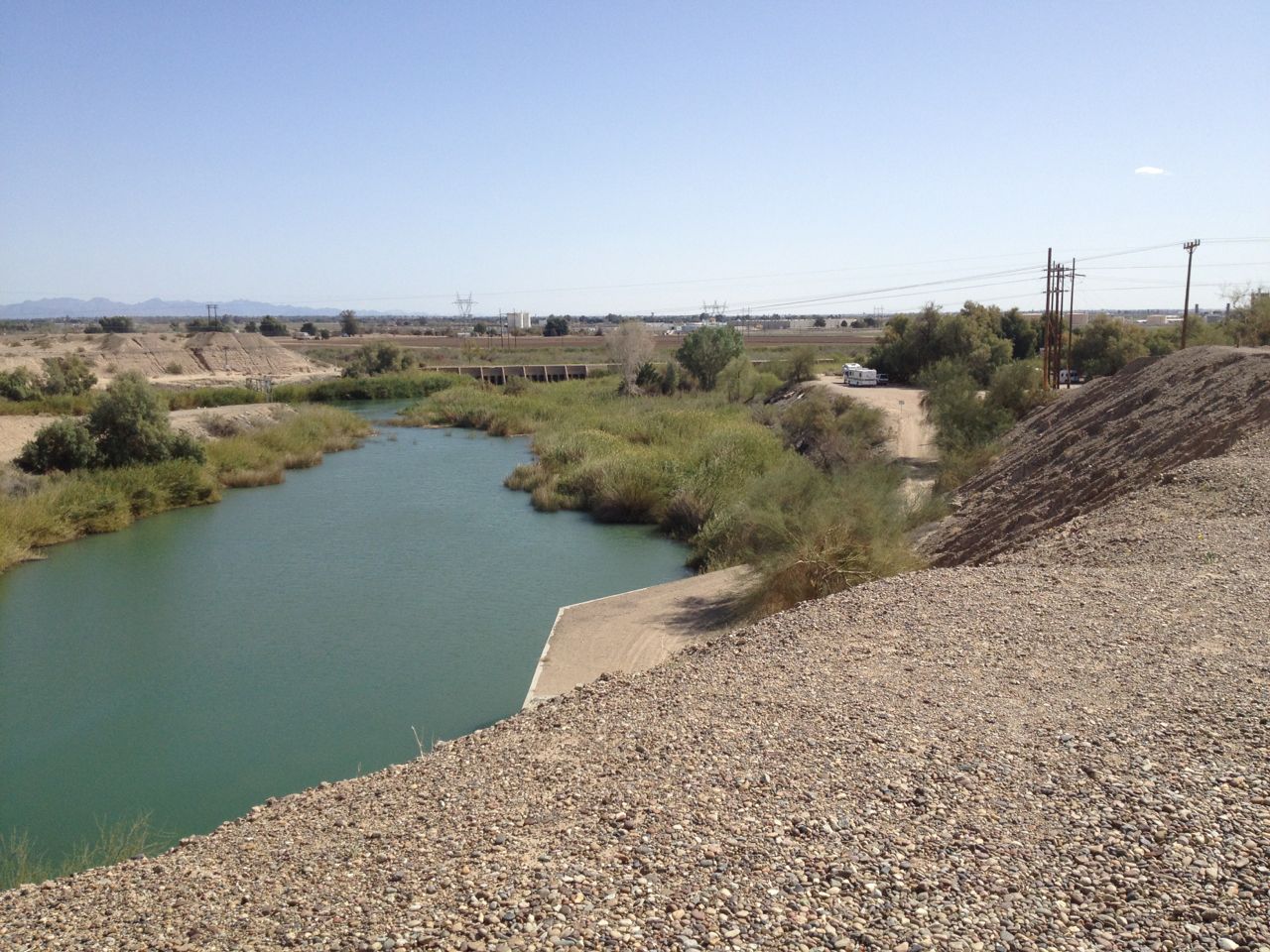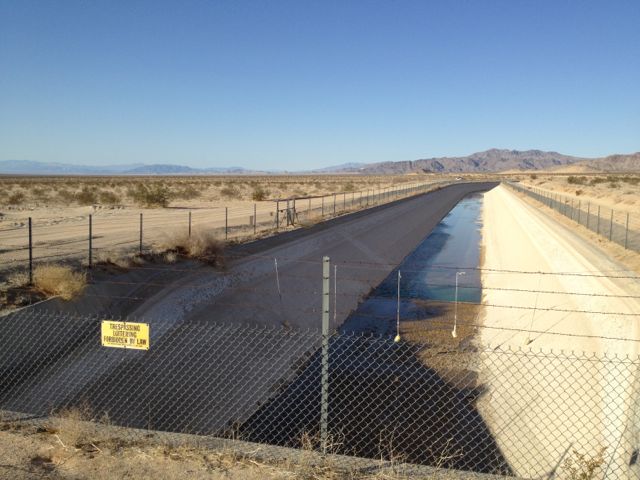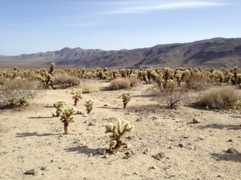Palm Springs really does have palms, and springs. Tucked in canyons on the east flank of Mt. San Jacinto, they’re lovely oases in the truest sense. Lissa and I sat for a while this afternoon next to a trickle of a stream, watching squads of western bluebirds work over the tiny dates hanging from the palms. Looked like feast day.
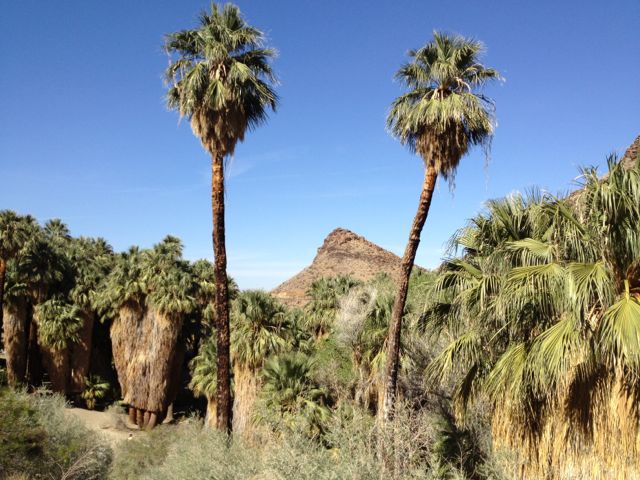
The real palm springs
We’d largely discarded this place, without meaning to, but realized we can’t. That much was clear as we drove yesterday up through the Pinto Basin in what is now Joshua Tree National Park. By “place” here I mean something big and a bit complicated, but we’ll start by defining it as the deserts of southeastern California. Lissa and I did some of our falling in love here – living in LA and wandering these deserts when we were young and poor and carefree. But that’s only a piece of it, and not the beginning, and certainly not the end. Mom and Dad brought me here from the beginning, camping in one of those big canvas tents. In Boy Scouts – ah, glorious Boy Scouts, where I learned all those unintended lessons – we hiked the desert canyons. When we were old enough to con adults out of car keys (how did we do this?), my friends and I would do the same on our own, freedom defined.
Lissa’s sister Ginnie lived here and died here, a refugee of the city settled into the strange culture that is desert living on society’s fringe. Returning to cope with her death 10 years ago was our last visit, and arguably the most important.
I never lived here, but I learned a lot by visiting.
So we ended up here this late winter, Lissa and I, not realizing we were going on a pilgrimage. We wanted to see the Salton Sea, which never quite figured in either of our family stories (save for an odd childhood fishing trip with my grandfather in his neighbor Ralph Kamansky’s boat). Lissa wanted to show me the Moorten Botanical Garden, where Ginnie had taken her to see cactus. And we figured we might as well go see Joshua Tree while we were here.
Norman Mailer’s “Deer Park” is set in the fictional Desert D’Or, a thinly veiled Palm Springs, all Hollywood decadence plopped down in the desert. This is where the palms spread out from the mountains, fed not by natural springs but, for all practical purposes, by imported Colorado River water. If thrift stores are a useful measure of things, the one we stopped in this afternoon had a busted down old golf cart on display in the front window. I don’t know golf carts, so I don’t know if $1,899.99 is a deal or not. My guess is not.
So here Lissa and I are, part anthropologists picking our way through the modern Desert D’Or trying to fathom that which lies at the intersection of Bob Hope and Dinah Shore drives, part hydrologists (my obsession, trying to understand how the plumbing works), and part desert rats, looking for our past.
Save the pelicans, the Salton Sea was a bit of a disappointment – not quite the ruin porn that makes it such a popular Flickr destination, not quite the monument to water folly I imagined, mostly just a big empty at the end of a very large lettuce patch. Desert D’Or is just weird in a way that is fully entertaining as long as we don’t stay to long.
Joshua Tree is still sublime.

